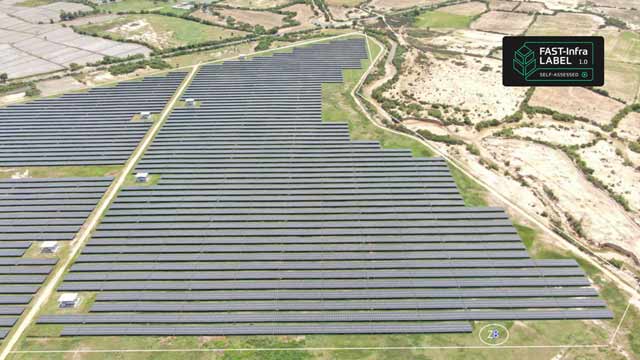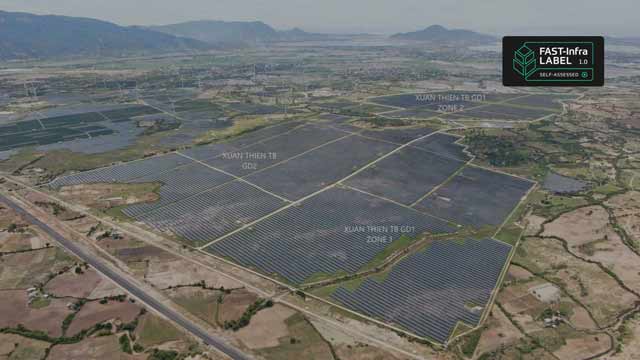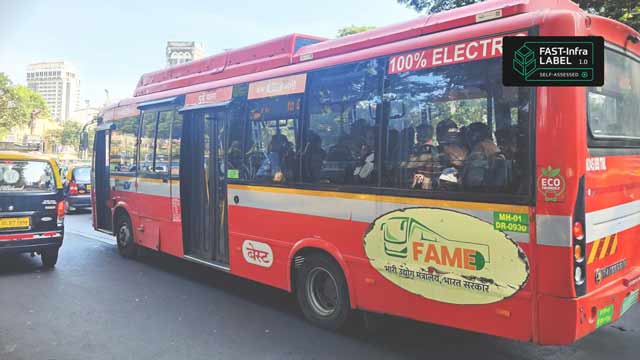
Mobilizing Private Investment in Sustainable Infrastructure with the FAST-Infra Label
What’s a Rich Text element?
The rich text element allows you to create and format headings, paragraphs, blockquotes, images, and video all in one place instead of having to add and format them individually. Just double-click and easily create content.
H1
H2
H3
H4
H5
H6


Static and dynamic content editing
A rich text element can be used with static or dynamic content. For static content, just drop it into any page and begin editing. For dynamic content,

add a rich text field to any collection and then connect a rich text element to that field in the settings panel. Vsadsadsdasdasdasdasdoila!
- A rich text element can be used with static or dynamic content. For static content, just drop it into any page and begin editing. For dynamic content, add a rich text field to any collection and then connect a rich text element to that field in the settings panel. Voila!
- t to that field
- t to that field
-
How to customize formatting for each rich text
How to customize formatting for each rich text
How to customize formatting for each rich text
Headings, paragraphs, blockquotes, figures, images, and figure captions can all be styled after a class is added to the rich text element using the "When inside of" nested selector system.
Key Insights from the New York Climate Week Event
Sustainable infrastructure is essential in addressing global climate challenges and shaping the future of urban development. With infrastructure accounting for approximately 70% of global greenhouse gas emissions, it has become a focal point for decarbonization efforts. As the world shifts toward a low-carbon economy, ensuring that infrastructure projects adhere to sustainability standards is increasingly vital. The demand for resilient and environmentally responsible infrastructure is set to escalate, necessitating innovative solutions and financing mechanisms to bridge the investment gap.
Recognizing this pressing need, a recent event held at New York Climate Week, organized by the FAST-Infra Label Secretariat, GIB, and Bloomberg, brought together key stakeholders from both the public and private sectors. The discussions centered around strategies to mobilize private capital at scale, exploring how collaboration and innovative financing can unlock significant investments in sustainable infrastructure. This gathering highlighted the crucial role of private sector engagement in advancing sustainable infrastructure initiatives and ensuring a greener future for cities.

The event saw enthusiastic participation from over 100 attendees from a wide range of sectors, including financial services, consulting organisations, project developers, NGOs, certifiers, and contractors. Leading organizations like AECOM, HSBC, Climate Policy Initiative, and Goldman Sachs were among the prominent attendees.
Here are some highlights and powerful insights shared by the speakers and panellists:
- The FAST-Infra Label Enhances Transparency and Facilitates Investment in Sustainable Infrastructure.
“The FAST-Infra Label is fundamental to the future of sustainable infrastructure because it allows us to bring transparency, comparability, and really making it possible to scale up investment in sustainable infrastructure. Today, we have multiple ways of looking at sustainability and with this Label, we hope to have one single and simple way of really identifying sustainability features into infrastructure projects and then allowing more investors, in particular in the emerging markets, to invest and really push forward this agenda.”
Thierry Déau, CEO of Meridiam
Know more about the FAST-Infra Label framework.
- Private Sector Investment in Climate Finance is on the Rise.
“We at CPI have been tracking investments in the climate and green space for more than a decade and we have seen increases in overarching volumes of climate finance. Particularly, the private sector is really stepping up and increasing investments in sustainable infrastructure in climate finance more broadly.”
Barbara Buchner, Global Managing Director at CPI
- The FAST-Infra Label certification can help in developing resilient infrastructure.
“The problem of extreme weather events and the need for sustainable construction will not go away as a function of time. I believe that every effort needs to be made to build new communities and infrastructure assets to be more resilient to ensure that people are safe, and that the services are provided reliably. Following the FAST Infra Label certification process should help develop assets that maintain their long-term value, are insurable, investable and bankable overtime.”
Natalia Moudrak, Managing Director, Climate Risk Advisory AON
Know more about the Labelling Process.
- The FAST-Infra Label Provides a Clear Roadmap for Projects in Emerging Markets.
“We spent a lot of time in the market with our advisors and with other local people we were working with trying to piece all this together ourselves, to set up the framework for ourselves, and there are some things that we missed when we were developing the project. Having the FAST-Infra Label framework upfront can give people a clear roadmap and can really help, especially in emerging markets where the local regulation does not provide a framework.”
Edmundo Toro, Managing Director at Macquarie Asset

- The FAST-Infra Label Drives Higher Standards and Increased Investment in Sustainable Infrastructure.
“The FAST-Infra Label has a lot of benefits and we believe that these benefits will really help channel more investment into sustainable infrastructure. If it does channel more investment, it will force sponsors, governments and people behind the projects to actually build projects to the standard of the FAST-Infra Label, so it will increase and enhance the sustainability characteristics of infrastructure projects. It’s not a small deal, because 70% of the emissions in the world are coming from infrastructure assets. If we can play a role in facilitating the sustainability assessment of that, it will encourage more funding, it will encourage sponsors to develop and to embed higher standards into projects, and it will have a beneficial impact.”
Christian Déséglise, Group Head of Sustainability at HSBC
- The FAST-Infra Label Aligns Investment with Real Infrastructure Needs.
“The FAST-Infra label is designed to address this very need, providing a consistent framework to attract private investment and streamline sustainability in infrastructure projects, but also to help ensure that the benefits of the project to people and planet are significant. Reducing cost of capital is important, but ensuring that the assets are really needed in the first place should be our starting point.”
Louis Downing, Chief Executive Officer at GIB
A Path Forward for Sustainable Infrastructure.
The FAST-Infra Label is emerging as a pivotal meta-standard designed to address the projected $15 trillion global infrastructure investment gap by 2040 . By offering a unified framework for assessing sustainability in infrastructure projects, it streamlines the evaluation process for both investors and developers. As emphasized by industry leaders such as Thierry Déau, Barbara Buchner, Edmundo Toro, Christian Déséglise, and Louis Downing, the label tackles critical challenges including transparency, regulatory inconsistencies, and investment risks, while promoting elevated sustainability standards across the sector.
To take the next step towards certifying your sustainable infrastructure projects, register your projects with the FAST-Infra Label today. Gain access to a complimentary self-assessment, designed to help you evaluate your project’s alignment with globally recognized standards and positively contribute towards the Sustainable Development Goals.
Start your journey towards sustainable infrastructure now—visit the FAST-Infra Label self assessment page to learn more and begin your self-assessment!


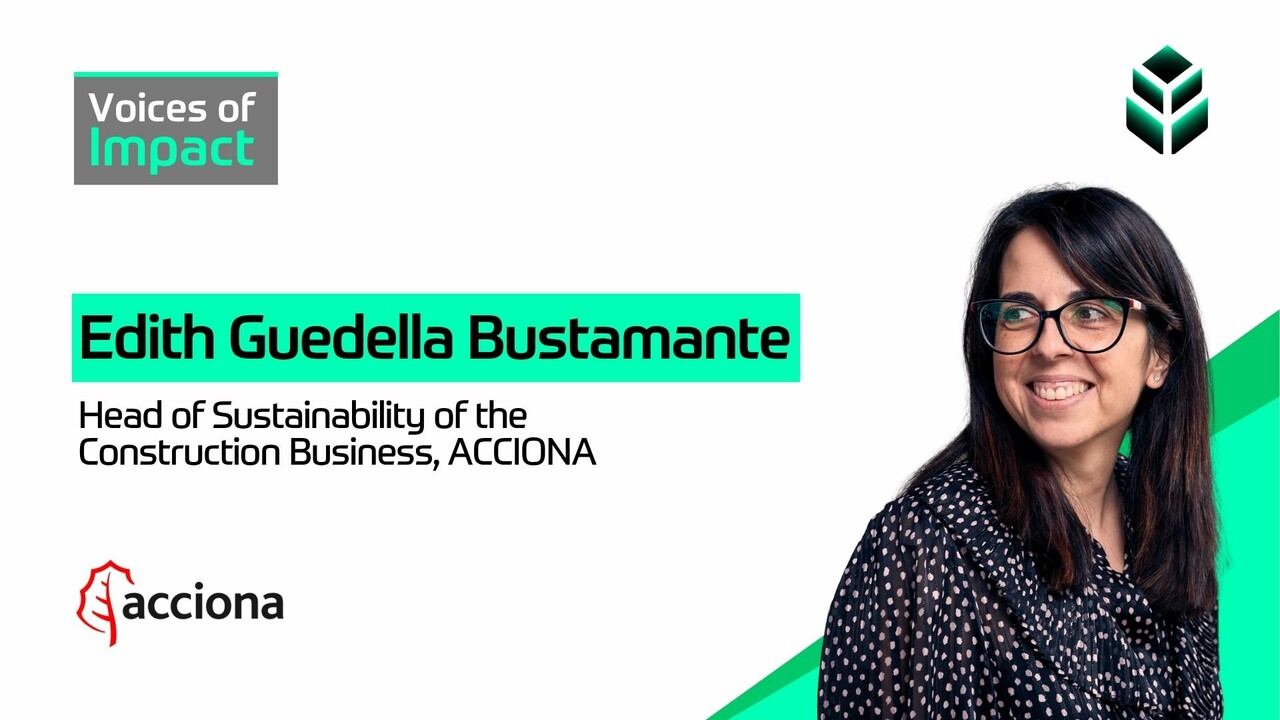


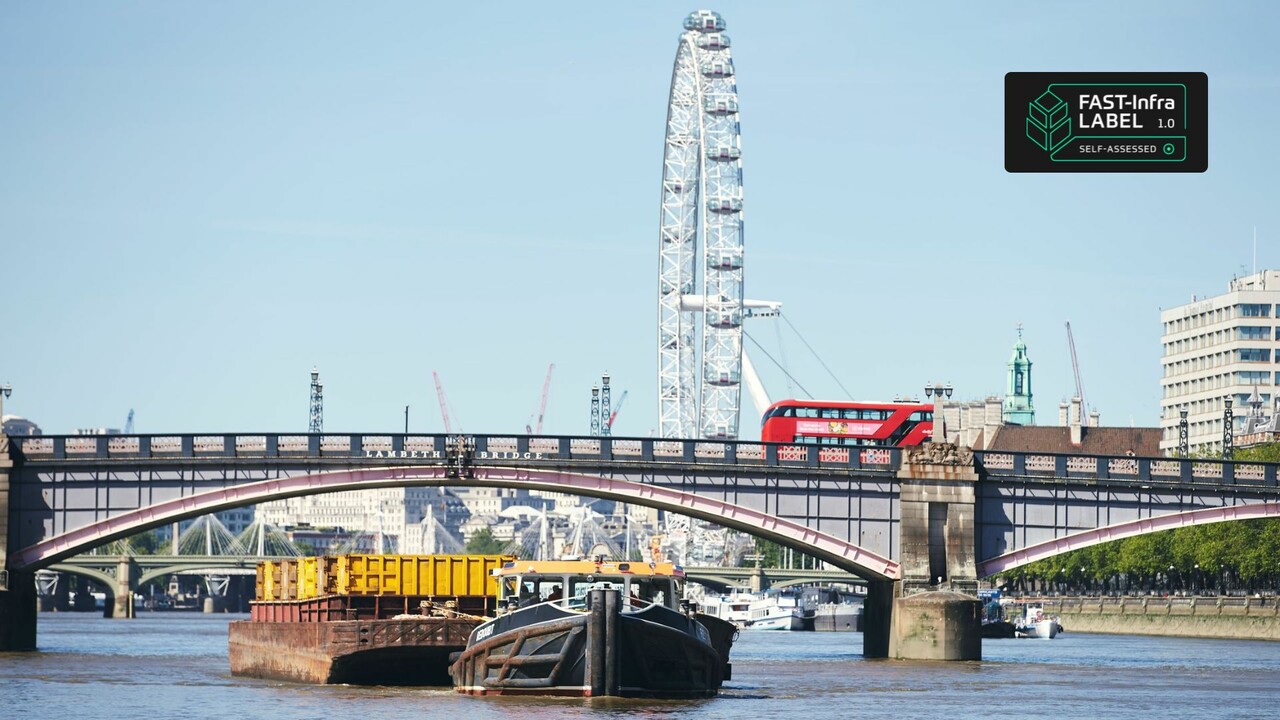
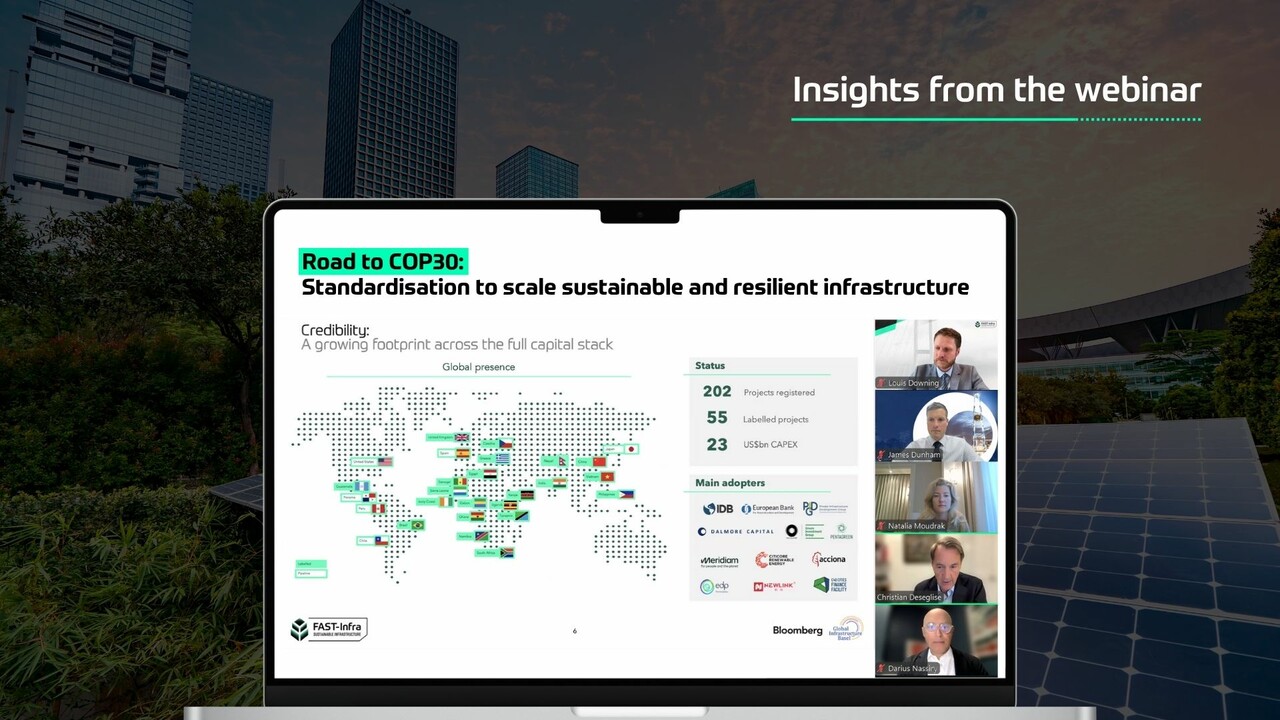


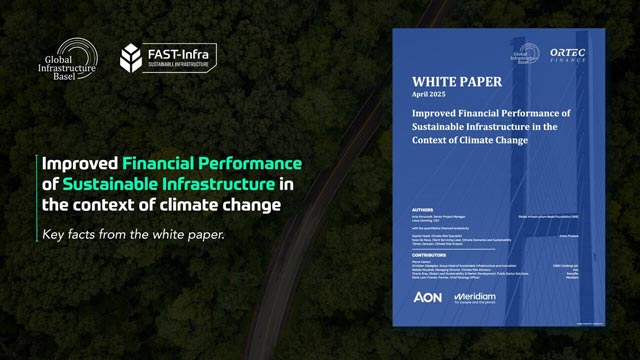


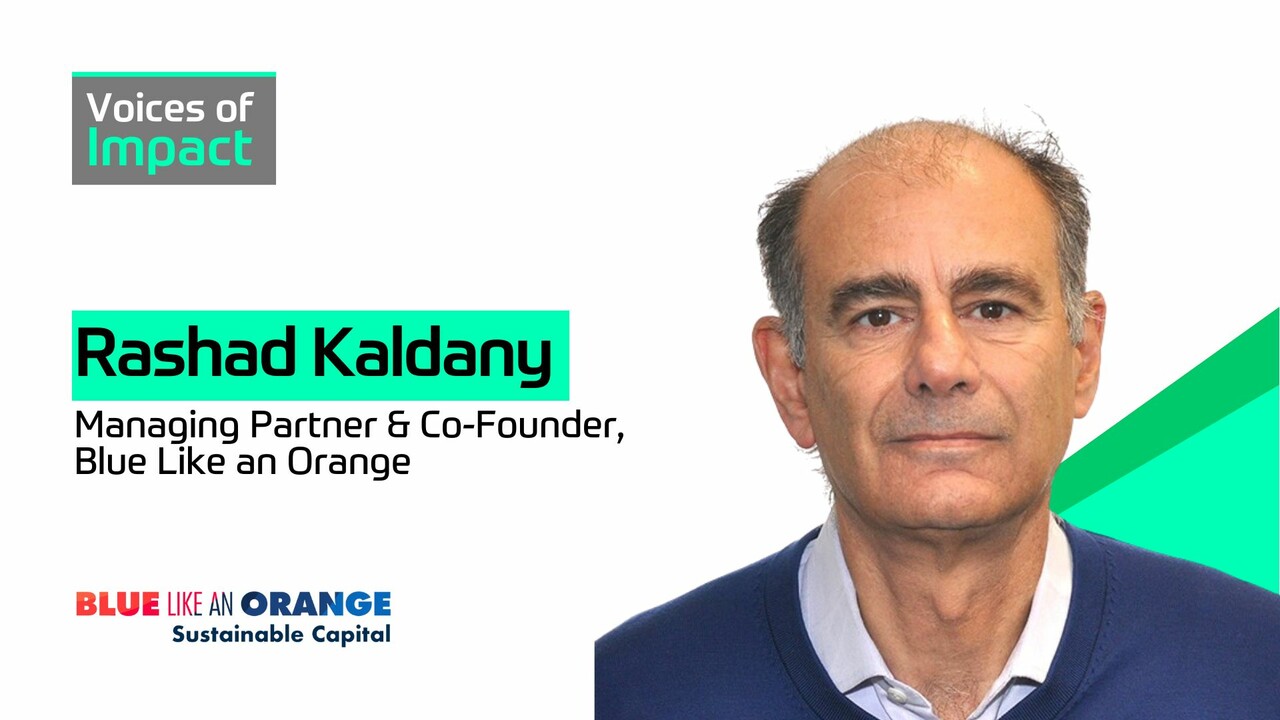
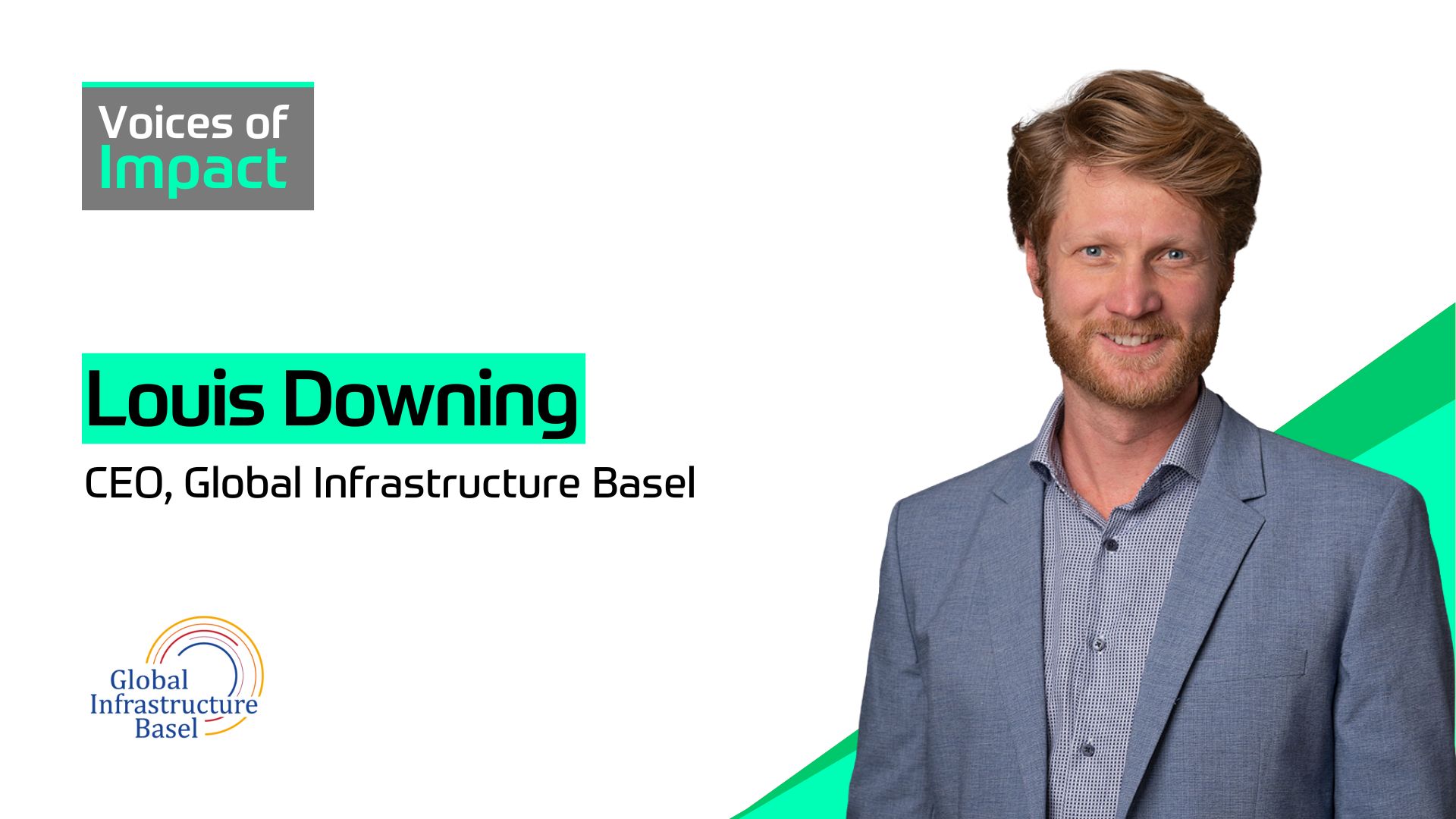
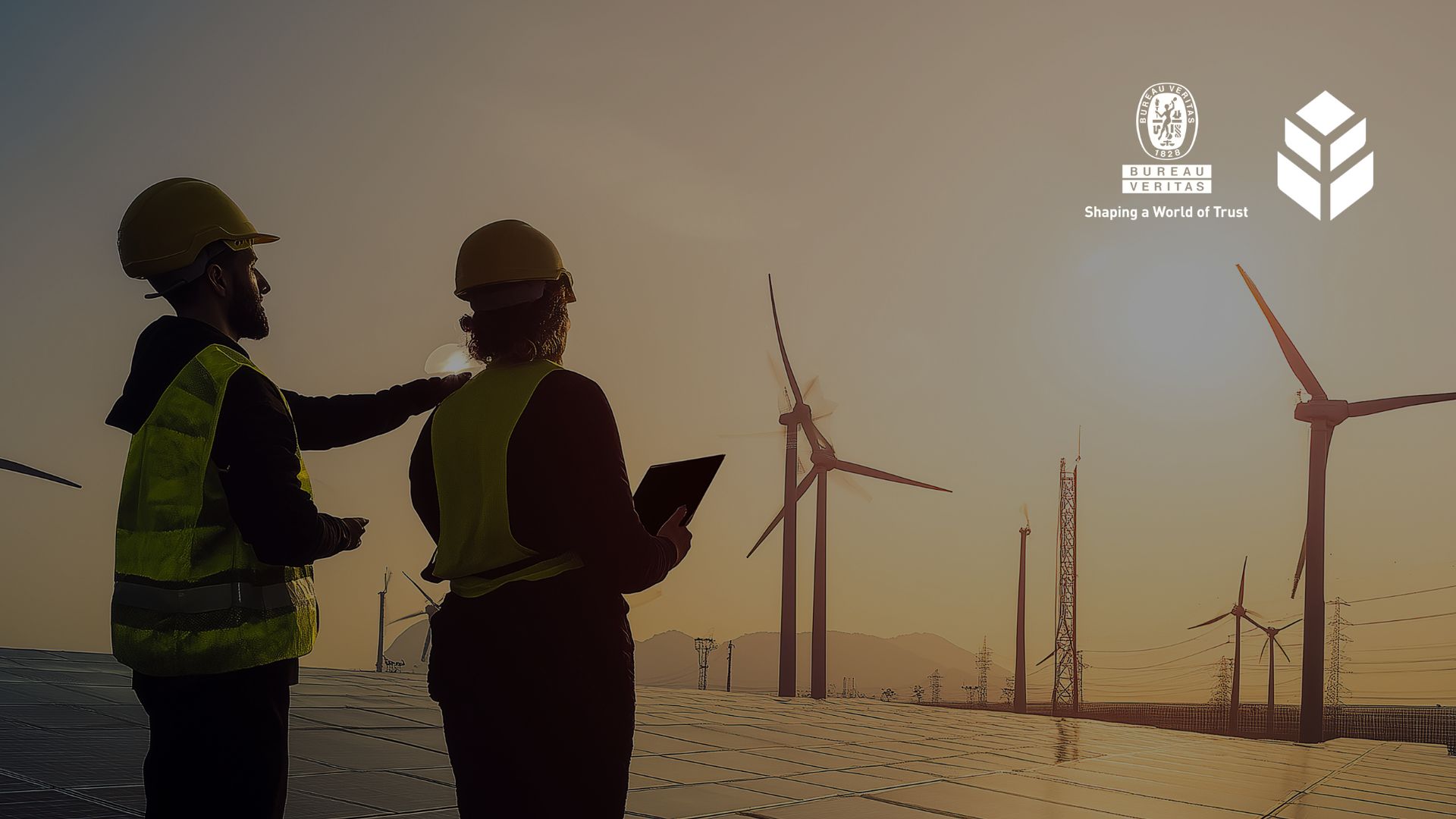
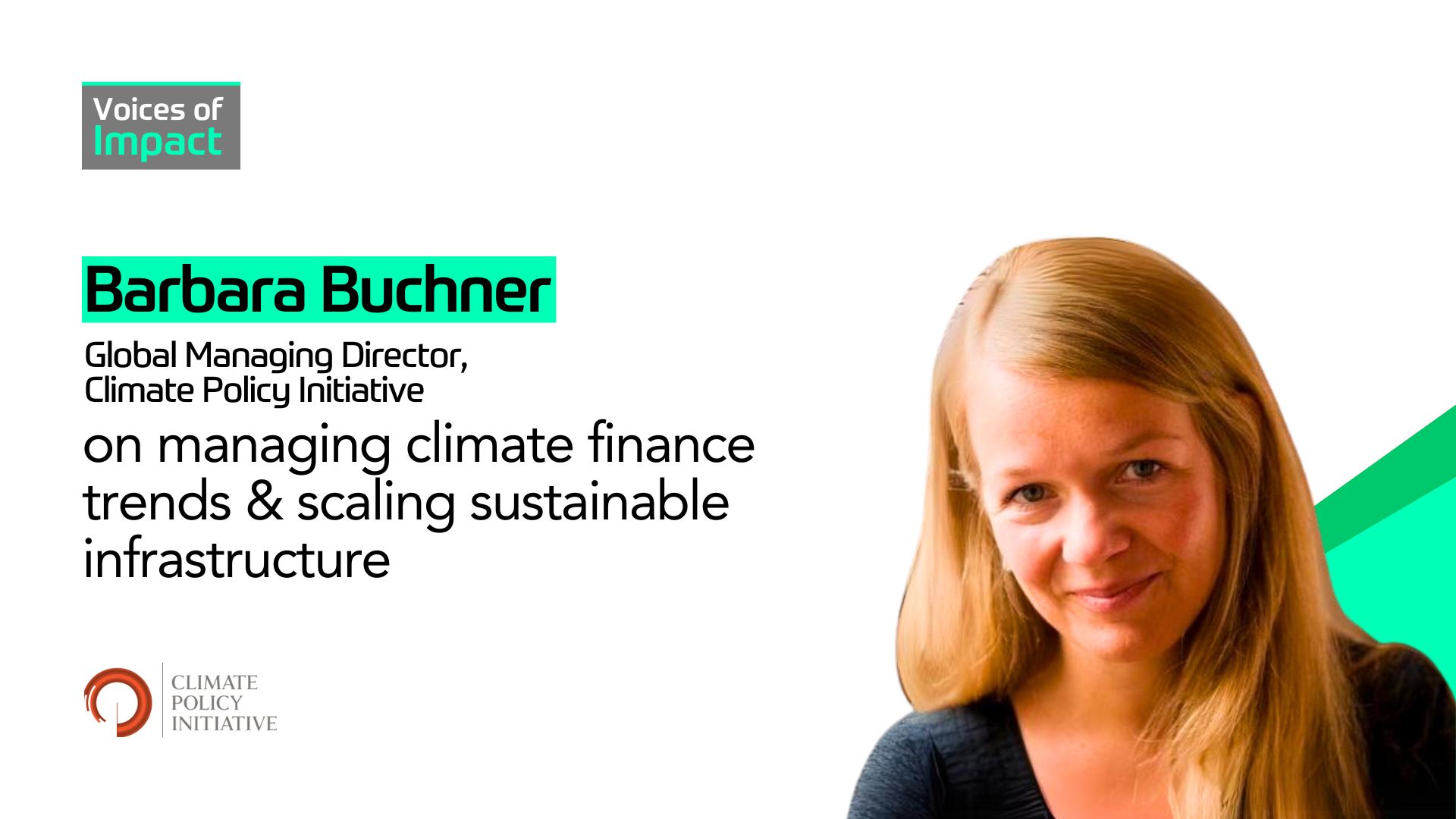
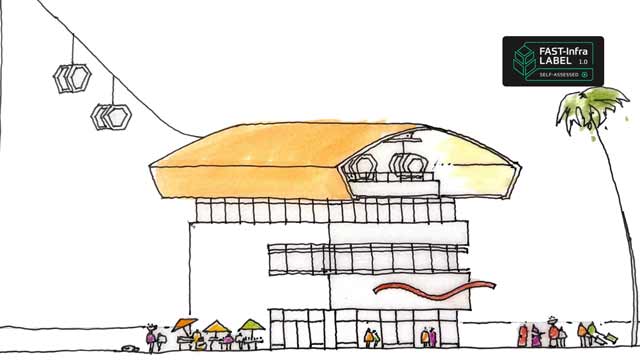






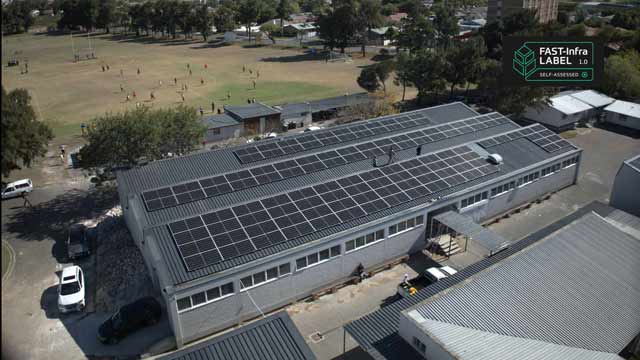

.jpg)


.jpg)


.jpg)
.jpg)
.jpg)
.jpg)
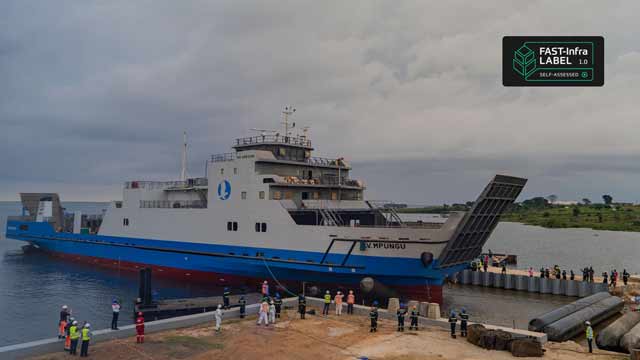
.jpg)




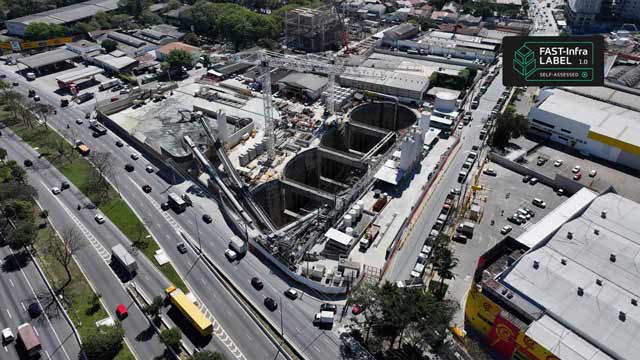



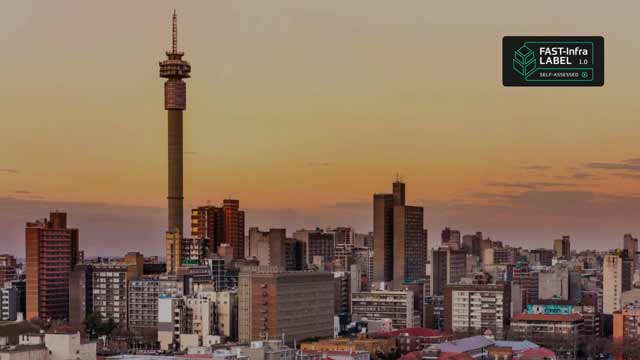








.webp)
.webp)


